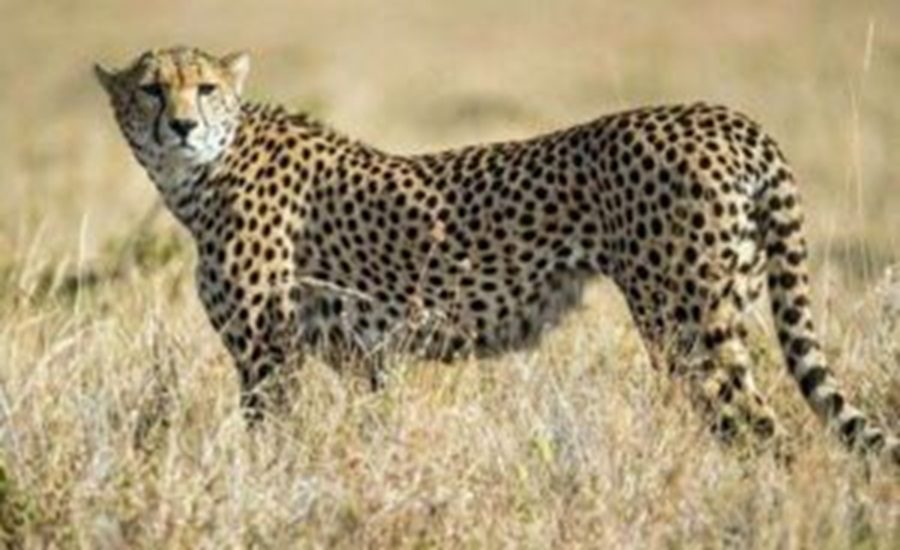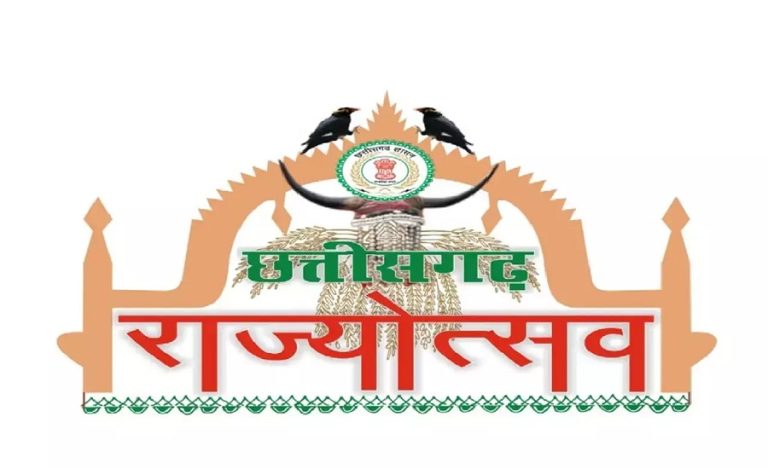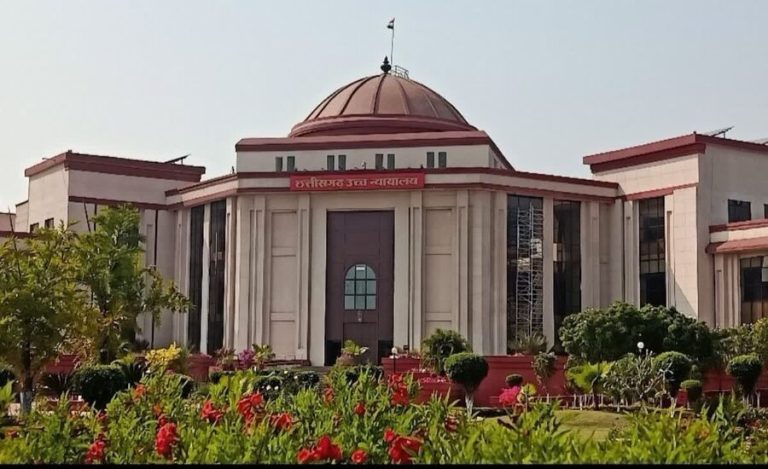Cheetahs venturing out of Kuno National Park in Madhya Pradesh and occasionally entering the forests of Rajasthan have reason to cheer. A 17,000 sq km corridor will be developed between the two states, facilitating the smooth movement of these swift big cats. This will allow the long-distance runners to roam freely between the states. Rajasthan’s portion of the corridor will span 6,500 sq km. Within this corridor, cheetahs will be able to move from Kuno National Park through Rajasthan’s Mukundara Hills Tiger Reserve to the Gandhi Sagar Sanctuary. Preparations for this are underway at the Chief Minister level in Rajasthan.
Survey Conducted for the Corridor:
Prior to initiating the cheetah project, a team of experts explored the potential of Rajasthan’s forests. Wildlife scientist Yadvendradev Jhala from the Wildlife Institute of India (WII) had inspected the forests of Shergarh, Bhainsrodgarh, Mukundara Hills Tiger Reserve, and Gandhi Sagar.
Districts to be Included:
The corridor will encompass all four districts of the Kota division – Kota, Bundi, Baran, and Jhalawar – along with Sawai Madhopur, Karauli, and Chittorgarh districts. The forest and wildlife protected areas within these districts will be part of the corridor.
Meaning of Corridor:
A corridor is a passage that wildlife frequently uses to move from one location to another. This corridor is being created for the safety, conservation, and promotion of wildlife. Through this corridor, cheetahs will move from the Mukundara Reserve in Rajasthan to the Gandhi Sagar Sanctuary in Mandsaur.
A Glance at the Cheetah Corridor:
- Total area of the corridor: 17,000 sq km
- Rajasthan’s share: 6,500 sq km
- Madhya Pradesh’s share: 10,500 sq km
Current Cheetah Population in Kuno:
- Total: 26 cheetahs (5 males, 7 females, and 14 cubs)
- From South Africa: 12
- From Namibia: 8
Benefits:
Hadauti already has the Mukundara and Ramgarh Tiger Reserves. In the future, tourists might have the opportunity to spot cheetahs alongside tigers. Previously, cheetahs had entered Rajasthan. One cheetah reached the forests of Baran and returned on its own, but another in the Karauli forest had to be tranquilised and brought back. With the corridor in place, such tranquilisation will not be necessary. They will be able to roam freely within the corridor. As the cheetah population increases, they will have sufficient forest area for movement.
MoU Soon:
A plan regarding the corridor has been prepared at the state level and sent to the Chief Minister. Following a decision at the CM level, both states will sign an MoU on the cheetah project. Officials from both states have mapped out the entire track. A detailed district-wise map of the areas for cheetahs and tigers has been prepared. During his recent visit to Kota, the forest minister stated that an MoU between the two states would be signed soon under the cheetah project.



























